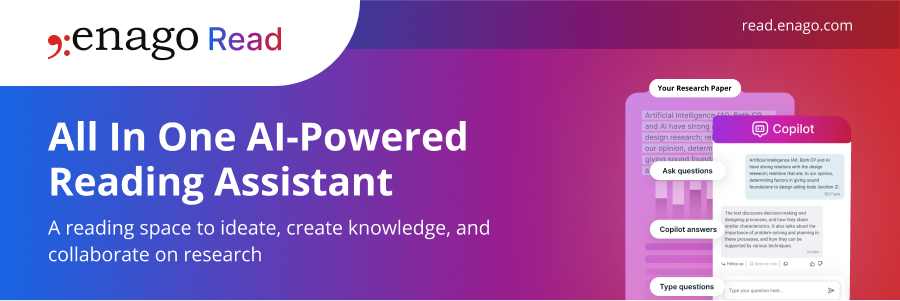Is Portable Peer Review Beneficial for Academic Publishing?

Portable peer review is a model in which the peer review process is conducted without the involvement of the journals, detaching the referee reports from publication in a particular journal. This concept was introduced a few years ago as a means to speed up the publication time in scholarly communication, but can this new model really make academic publishing more efficient?
Duration of Peer Review
With the average reviewing time being about 80 days per paper, it is not surprising that many journals, publishing companies, and even individuals have been thinking about new strategies to improve the peer review system and reduce the time to publication. Many manuscripts go through several rounds of submission and rejection before appearing in a journal. During this time, the papers are sent to several experts in the field who provide comments about the suitability of a manuscript for a given journal. If a manuscript is rejected, the same procedure is repeated at another journal and every re-submission delays publication and costs time and money.
Sharing Reviews
Some publishers have recognized this problem and are now using cascading or transferrable peer review, which allows authors of a rejected paper to transfer their manuscript to a more suitable journal without having to repeat the whole reviewing process. The reports received during the first round can travel with the manuscript on its way to publication, saving authors, reviewers, and editors valuable time. Normally, such transfers take place only within a publisher, but some organizations are also building teams to share reviews more broadly. In 2008, a group of neuroscience journals agreed to accept manuscript reviews from each other, forming the Neuroscience Peer Review Consortium. Although the initiative has not been that successful so far, in 2013, eLife, BioMed Central (BMC), the Public Library of Science (PLoS), and the European Molecular Biology Organization (EMBO) formed another peer review consortium based on a similar concept.
In this model, any papers that are submitted to a participating journal and are not accepted by that particular journal can be redirected—together with the referee reports—to another journal in the consortium. Referees can opt out of having their reports forwarded, or they may ask for the reviews to be forwarded anonymously. They can also decide to remain anonymous to the editors of the second journal.
Portable Peer Review Services
Authors can also use the services of companies, which allow them to take their referee reports with them as they look for a suitable journal for their manuscript. These new services are not related to any journal and their goal is to reduce the amount of redundant work being done in academic publishing.
Although the peer review process is not perfect, it serves an important role in communicating research. Cascading and portable peer review models could be a good way to avoid the same papers from being reviewed over and over again, saving authors, editors, and referees valuable time and making the publication system more effective. While cascading has been around for a while, it needs to be seen if the new portable peer review concept will also be accepted by the scientific community.










